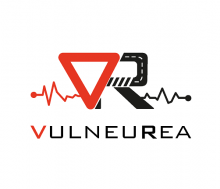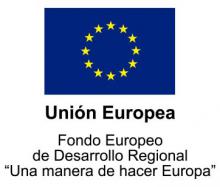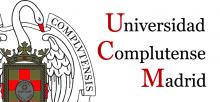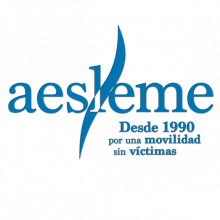VULNEUREA

Proyecto VULNEUREA / ayuda PID2021-122290OB-C21 financiado por MCIN/ AEI / 10.13039/501100011033 / “FEDER Una manera de hacer Europa”
The project addresses a pending area of research related to modelling the behavior of VRUs (pedestrians, cyclists, and users of E-Powered Personal Mobility Vehicles e-PMVs) in potentially risky situations in urban traffic scenarios, incorporating their neurophysiological and behavioral exploration in Virtual Reality (VR) environments under both normal conditions and alcohol intake. Distraction and alcohol consumption in VRUs, linked to the behavior of other people involved, is one of the most recurrent factors in traffic accidents in this group, and there is few to no evidence that this factor has been already studied regarding the behavioral changes of vulnerable road users in traffic situations. The influence of the interaction between different VRUs in a co-occupied VR environment on VRUs behavior will also be analyzed as a new research topic. The assessment results of risk perception and decision-making of VRUs will be implemented in Road Safety Education (RSE) resources in the field of protection for the most vulnerable groups on the road. To this end, the project will develop a road education programme targeting young students (e.g. high school grade/first and second cycles at university) based on a VR environment.
Methodology and objectives
This project aims at deepening the understanding of how VRUs may behave when facing a potential risk for their safety in urban traffic situations. The modelling of their behavior will be undertaken using both neurophysiological (EEG) and virtual reality (VR) techniques to establish which factors (e.g. environmental, attentional) may affect their decision-making process. After validating these models, the main results about risk perception and decision-making of VRUs will be included in Road Safety Education (RSE) resources to help improve the safety of the most vulnerable groups on the road. The specific objectives related to the project are therefore (see Figure below):
- Objective 1: Generation of VR applications to support activities for neurophysiological screening of VRUs in potentially risky situations in urban traffic scenarios, and activities for road education-oriented environment.
- Objective 2: Analysis of the role of cognitive processes related to the behavior of vulnerable road users, to assess performance during dual-task, crossing, and attentional demand tasks, both in sober and drinking conditions.
- Objective 3: Generation and validation of models for estimating the VRUs behavior facing risky situations in urban traffic scenarios.
- Objective 4: Development of a road safety education programme based on a VR environment for students (between 16 and 24 years of age)

To achieve these objectives, the integration of several fields of science and technology – Engineering, Computer Sciences, Neurosciences and Educational psychology – is required. This integration is guaranteed through two distinct sub-projects: Development of behavior models of Vulnerable Road Users by simulating potentially risky situations in urban traffic scenarios using Virtual Reality (led by INSIA-UPM) and Role of cognitive processes and its alterations in road traffic safety: consumption of alcohol as a risk factor in accidents with Vulnerable Road Users (led by UCJC – I+12). The scientific objectives of the two subprojects share the VR approach as the working and testing scenarios. The expected benefits of the whole project will actively contribute to the general society, by achieving safer urban environments for VRUs circulation in the mid-term.










